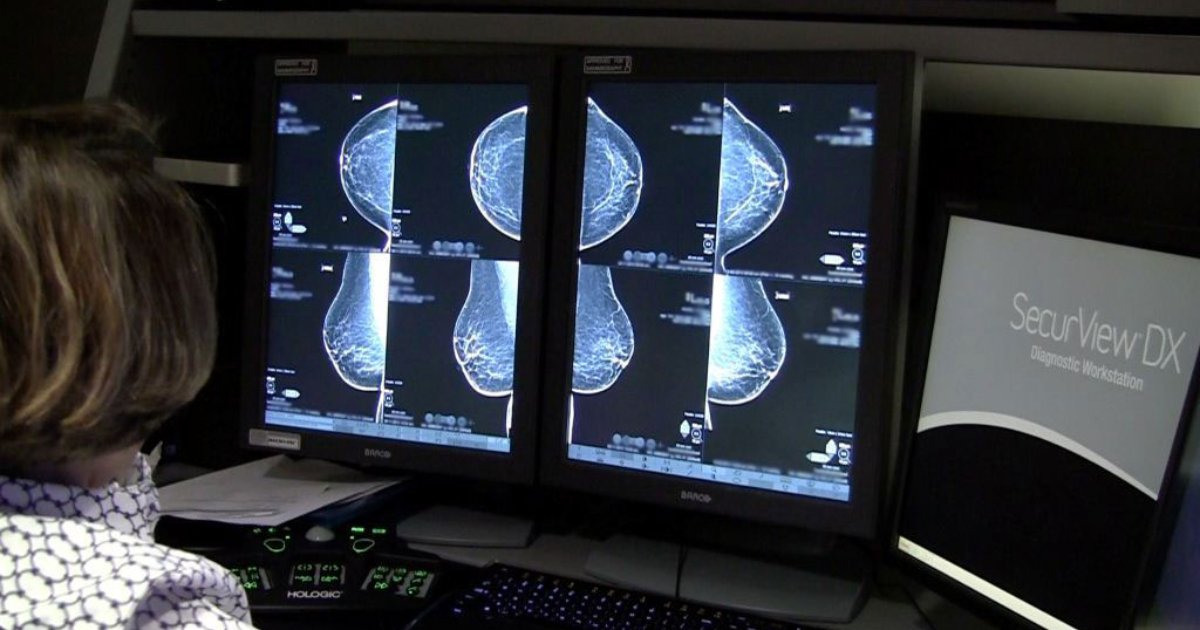What is a 3D Mammogram?


If you’ve had a mammogram in the past year or so, you’ve probably heard about 3D mammography. At Nebraska Medicine, we’ve begun offering this technology for screening and diagnosis – and some insurance companies are now covering it.
What exactly is it? Three-dimensional (3D) mammography is a new technology that allows doctors to examine breast tissue in finer detail than ever before. Honestly, in all my years reading mammograms, this is the biggest leap I have seen in technology – because with 3D, we can see masses (tumors) much more easily.
We can see those that get hidden behind the milk ducts, fat, blood vessels and ligaments inside the breast tissue. The breast is much more complex than you might realize – and before, we just couldn’t see the small AND large tumors hidden in those structures.
That’s the biggest advantage over traditional mammography – the ability to see more masses in the breast than we were able to see previously. It’s true with dense breasts, and with fatty breasts. We find more cancers in all types of breasts. We find them at an earlier stage, when they are most treatable – and most curable.
This technology was developed almost 10 years ago. Since then, many studies have been conducted – proving that we find more cancers with 3D mammography. These studies have reassured the FDA that this procedure is better than traditional mammography, so now we have FDA approval.
The 3D technology itself – how it works – is very interesting.
The technology takes the digital breast images we get during each imaging session – the images of each breast — and converts them into a series of very thin layers to create cross-sectional views of the breast.
These images are sometimes called “slices,” and I often describe them as similar to the pages in a book. With these “pages,” we see everything in the breast. We see the arteries, the fat, the milk ducts. And we see everything hiding among them.
It’s much more than we could ever get with traditional two-dimensional mammography.
The results show the difference it makes. The use of 3D mammography has increased cancer detection rates by 40 percent. That’s astounding!
Is it time for your annual mammogram? Make your appointment at Nebraska Medicine by calling 800-922-0000.




